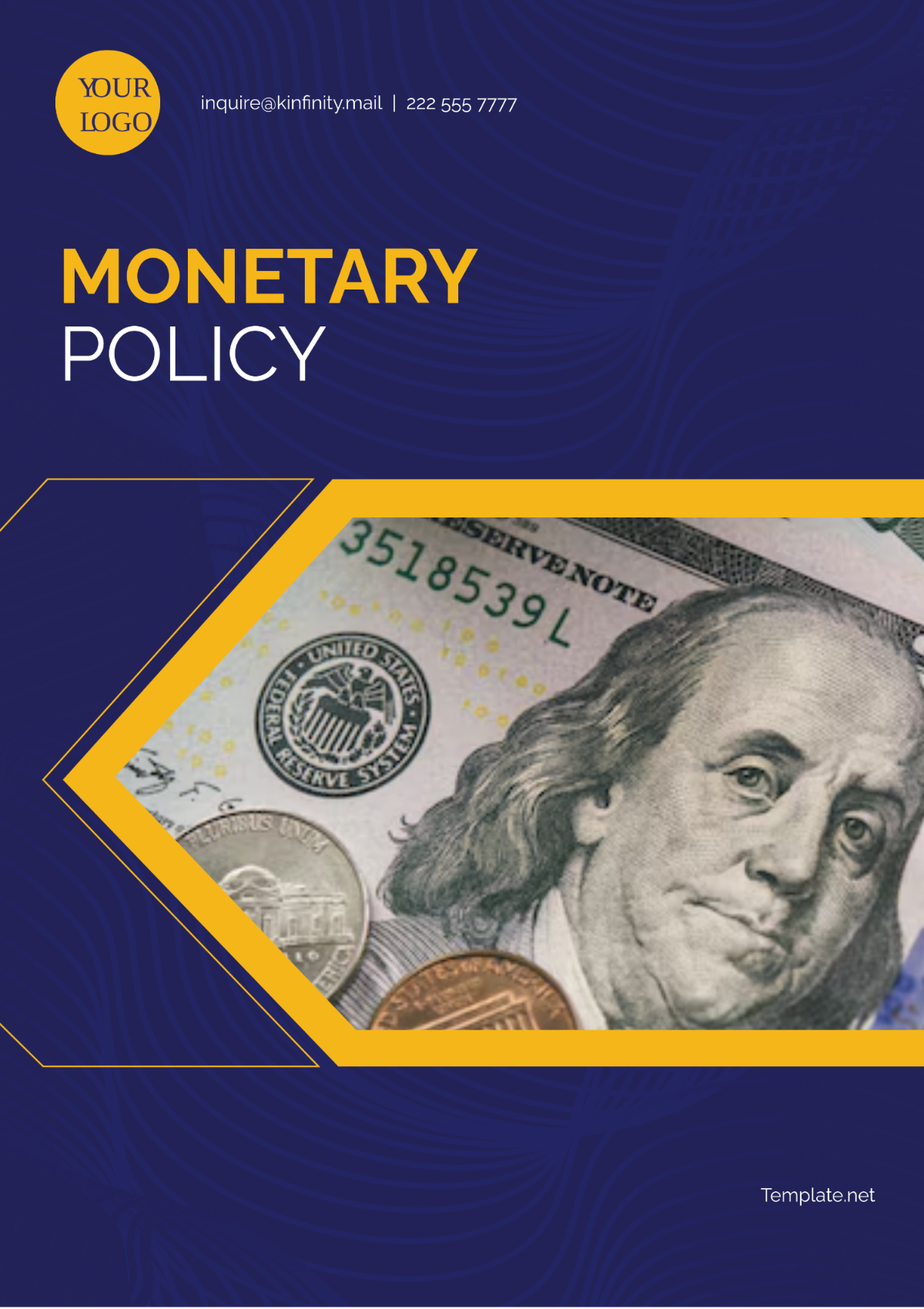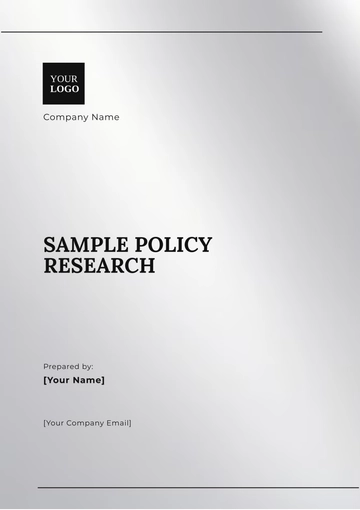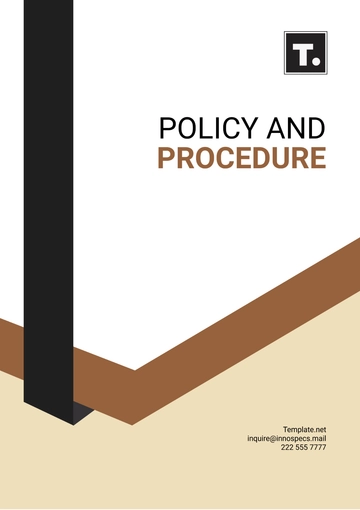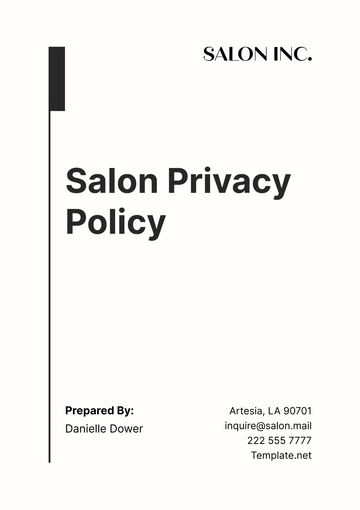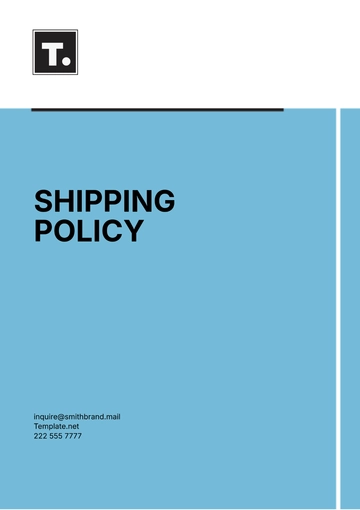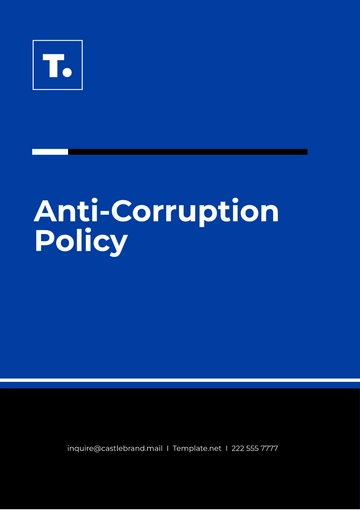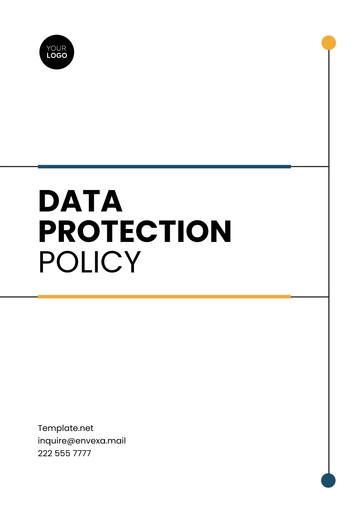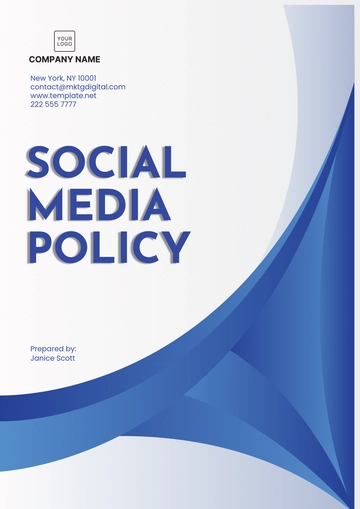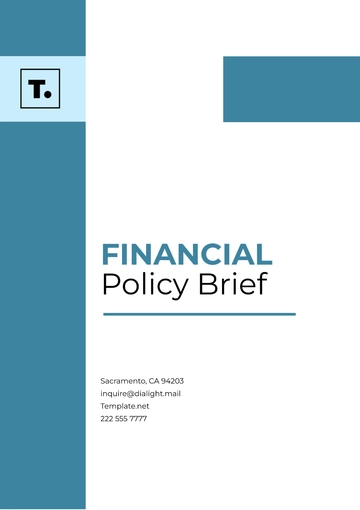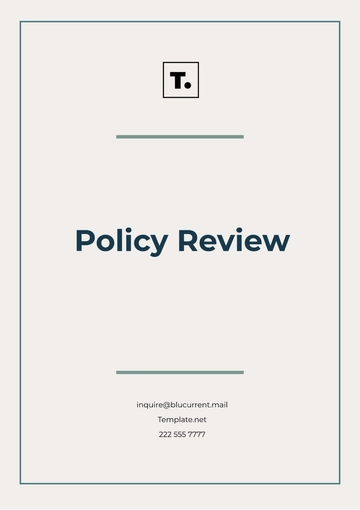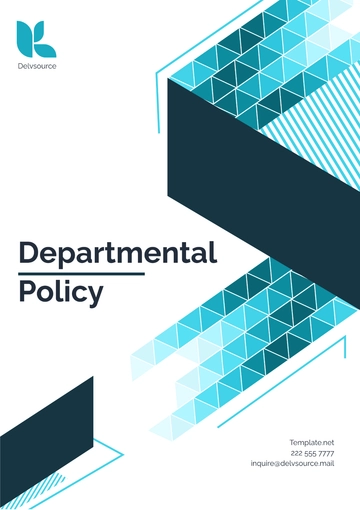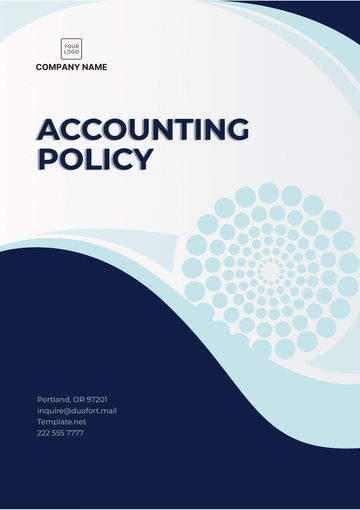Monetary Policy
I. Overview
The primary objective of [YOUR COMPANY NAME]'s monetary policy is to ensure price stability, promote sustainable economic growth, and achieve full employment. The policy toolkits used by the central bank include open market operations, the discount rate, and reserve requirements. These tools are adjusted periodically based on thorough economic analysis and data interpretation to achieve the desired economic outcomes.
II. Objectives
The central objectives of the monetary policy are as follows:
Price Stability
Full Employment
Economic Growth
Stable Financial System
III. Policy Tools
A. Open Market Operations
Through open market operations, the central bank buys and sells government securities in the open market to regulate the money supply. This is the most widely used tool for managing liquidity in the banking system.
B. Discount Rate
The discount rate is the interest rate charged by the central bank on loans extended to commercial banks. Adjusting the discount rate can influence the borrowing costs for banks, thereby impacting credit availability and economic activity.
C. Reserve Requirements
The reserve requirement refers to the fraction of deposits that commercial banks are required to hold in reserve and not lend out. Changing the reserve requirement alters the amount of funds banks can lend, thereby influencing the money supply.
IV. Monetary Policy Strategy
The strategy for implementing monetary policy includes short-term interest rate targeting, inflation targeting, and monetary aggregates targeting. The appropriate strategy is chosen based on the central bank's assessment of current economic conditions and future outlook.
A. Interest Rate Targeting
Interest rate targeting involves setting a target for the short-term interest rate and using monetary policy tools to achieve this target. This strategy aims to influence other interest rates within the economy, thereby affecting consumer and business spending behavior.
B. Inflation Targeting
Under inflation targeting, the central bank aims to keep inflation within a specified range by adjusting monetary policy instruments. This involves forecasting future inflation and taking preemptive actions to keep inflation on target.
C. Monetary Aggregates Targeting
Monetary aggregate targeting entails controlling the growth rates of certain broad measures of money supply, such as M1 or M2. By controlling money supply growth, the central bank can influence inflation and economic activity.
V. Implementation and Monitoring
The implementation of monetary policy requires continuous monitoring of economic indicators such as GDP growth, unemployment rates, inflation rates, and financial market conditions. The central bank uses economic models and data analysis to adjust policy tools proactively in response to changing economic conditions.
VI. Communication and Transparency
Effective communication of monetary policy decisions is crucial for maintaining public trust and anchoring inflation expectations. The central bank issues regular reports, press releases, and conducts press conferences to explain policy decisions and the rationale behind them.
VII. Conclusion
[YOUR COMPANY NAME]'s monetary policy aims to support a stable economic environment conducive to growth and employment. By using a combination of policy tools and strategies, the central bank responds dynamically to economic changes to achieve its objectives. Ongoing communication and transparency ensure that the public remains well-informed about monetary policy decisions and goals.
Policy Templates @ Template.net
